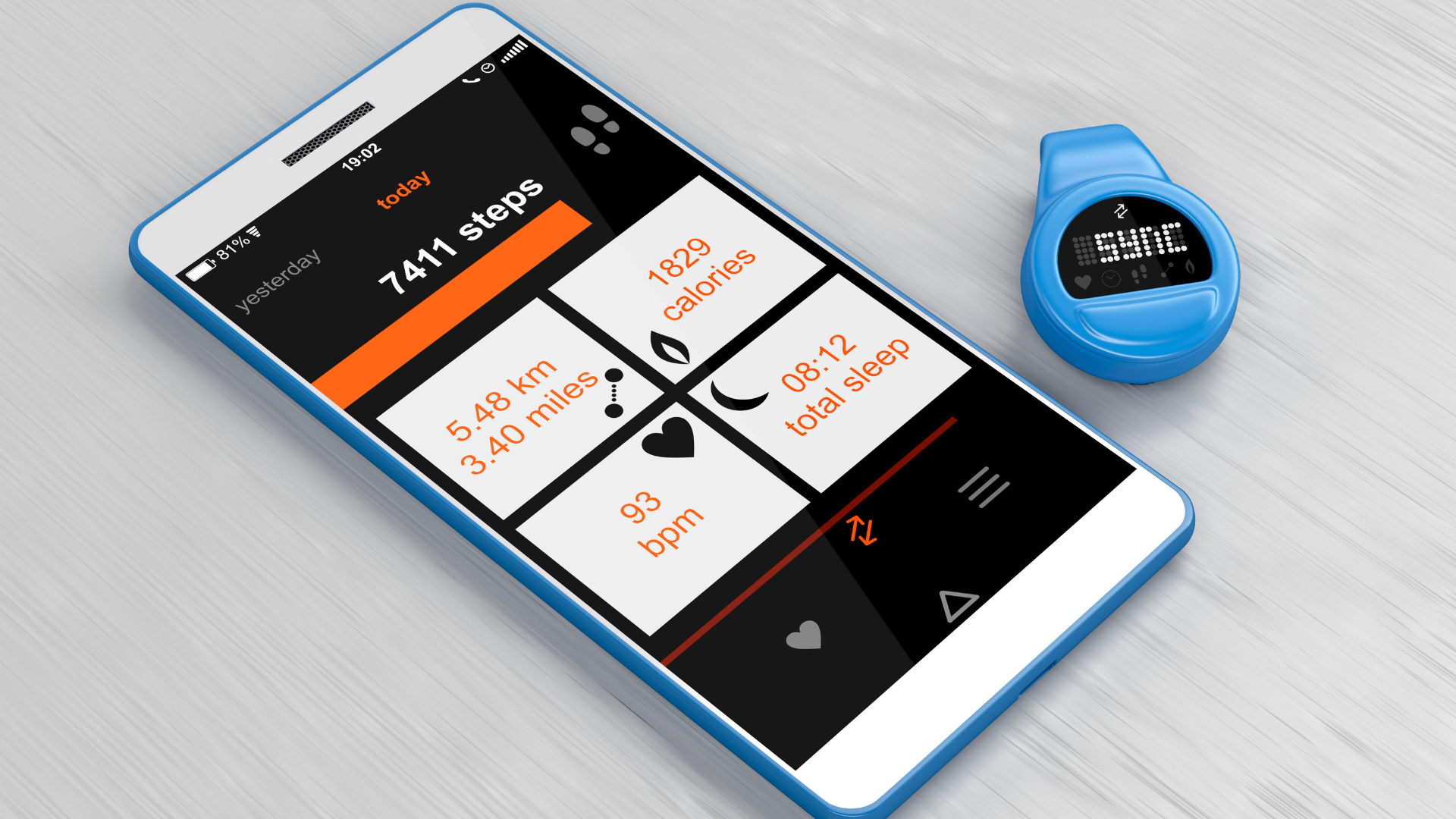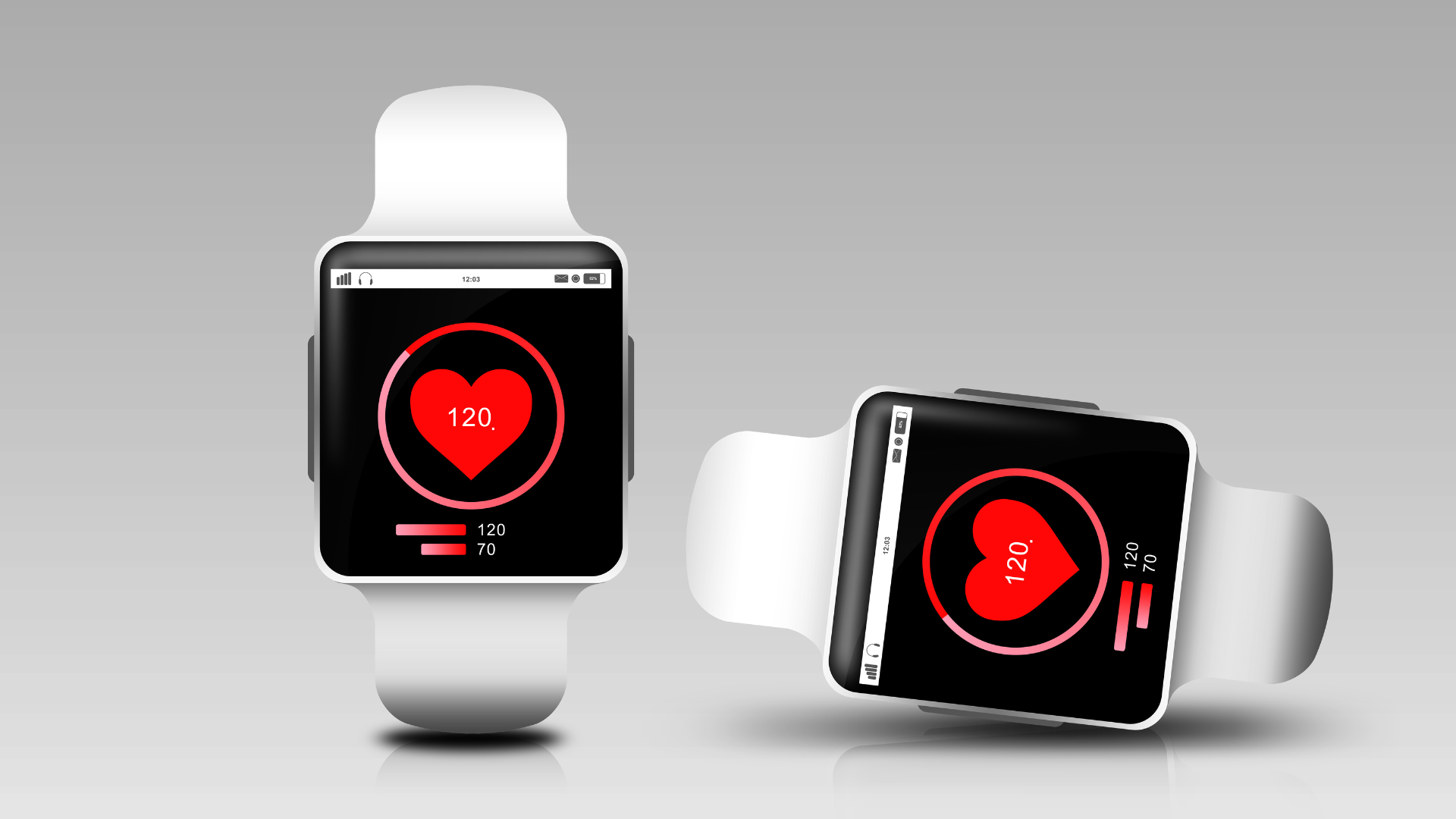In our data-driven era, the concept of “Quantified Self: Understanding Your Biology Through Data” is gaining traction. It uses tools and technologies to collect and analyze personal data for deeper insights into biology and lifestyle. By understanding this data, individuals can make informed decisions to enhance health and well-being. This article explores the Quantified Self movement and its potential for personal growth.
What is the Quantified Self?
Defining the Concept
The Quantified Self refers to the practice of self-tracking personal data related to health, behavior, and daily activities. It combines aspects of self-monitoring with data analysis to offer insights that help individuals improve various facets of their lives. This data can include anything from physical metrics like heart rate and sleep patterns to more subjective data like mood and stress levels.
The Evolution of Self-Tracking
The concept has evolved from simple journaling to sophisticated data collection using wearables, mobile apps, and other technologies. What started as tracking steps or calorie intake has now expanded to encompass a broad range of biological and lifestyle metrics.
Tools and Technologies for Self-Tracking

Wearable Devices
Wearable technology is a cornerstone of the Quantified Self movement. Devices like fitness trackers and smartwatches collect data on physical activity, heart rate, sleep quality, and more. These devices provide real-time feedback and long-term trends that can be used to make data-driven health decisions.
Mobile Apps
There is a plethora of mobile apps designed for tracking different aspects of life. From nutrition and exercise to mental health and productivity, these apps allow users to input and analyze various types of data. Apps like MyFitnessPal, Sleep Cycle, and Moodfit are popular examples.
Biosensors
More advanced technologies, such as continuous glucose monitors and blood pressure cuffs, provide detailed biological data. These sensors offer insights into specific health metrics and can be crucial for managing chronic conditions or optimizing health.
Benefits of Quantified Self Practices

Improved Health and Wellness
By tracking data related to diet, exercise, and sleep, individuals can identify patterns and make changes that lead to better health outcomes. For instance, monitoring sleep quality can help improve sleep hygiene and overall well-being.
Enhanced Self-Awareness
Quantified Self practices foster a deeper understanding of one’s own body and behavior. This self-awareness can lead to more informed decisions regarding lifestyle choices and personal goals.
Data-Driven Decision Making
Having access to detailed personal data allows for more precise and effective decision-making. Whether it’s adjusting workout routines, modifying diet plans, or managing stress, data-driven approaches can lead to better results.
Practical Tips for Implementing Quantified Self Practices
Start Small and Set Goals
Begin by tracking a few key metrics that are important to you. Setting specific goals for these metrics can help you stay motivated and focused. For example, if you want to improve your sleep quality, start by tracking your sleep patterns and setting goals to gradually increase sleep duration.
Choose the Right Tools
Select tools and technologies that align with your tracking goals and personal preferences. Whether you prefer a wearable device, a mobile app, or a combination of tools, ensure they are user-friendly and reliable.
Consistency is Key
Consistency in tracking and recording data is essential for obtaining accurate insights. Regularly updating your data and reviewing trends will provide a clearer picture of your progress and areas for improvement.
Analyze and Reflect
Periodically analyze your collected data to identify trends and patterns. Reflect on how these insights align with your goals and make adjustments as needed. For instance, if you notice that your exercise routine is impacting your sleep quality, consider modifying your workout schedule.
Share and Seek Feedback
Engaging with communities or forums related to the Quantified Self movement can provide additional insights and support. Sharing your experiences and seeking feedback from others can offer new perspectives and ideas for optimizing your tracking practices.
Challenges and Considerations
Data Privacy and Security
When collecting and storing personal data, it’s crucial to prioritize data privacy and security. Choose tools that offer robust security measures and be mindful of how your data is used and shared.
Data Overload
With a vast amount of data available, it’s easy to become overwhelmed. Focus on tracking data that is relevant to your goals and avoid getting bogged down by extraneous information.
Interpreting Data Accurately
Interpreting personal data requires careful analysis and understanding. Seek guidance from professionals or experts if needed, especially when dealing with complex health metrics.
Conclusion
The Quantified Self movement focuses on leveraging personal data to enhance health and well-being. By systematically tracking and analyzing various aspects of your biology and lifestyle—such as sleep patterns, physical activity, diet, and even biometric data—you gain valuable insights into your individual health needs and habits. This data-driven approach allows you to make informed decisions, adjust your routines, and identify patterns that can lead to improved overall health. Ultimately, the Quantified Self-movement helps you better understand yourself, optimize your daily habits, and achieve your personal health and wellness goals, thereby significantly enhancing your quality of life.





